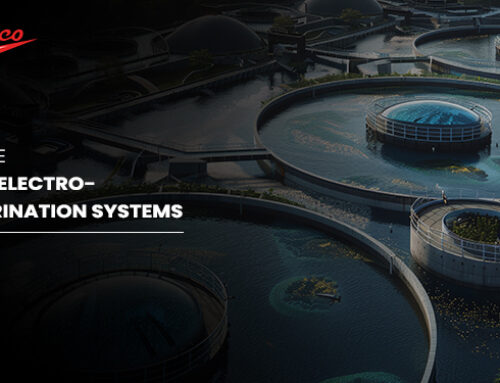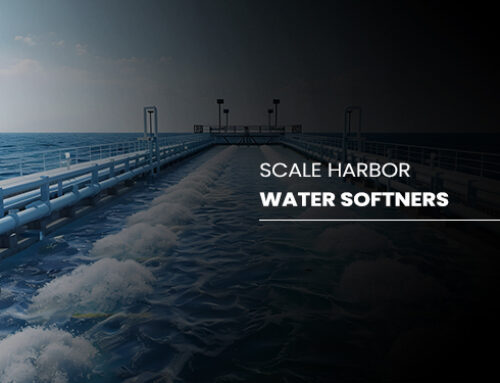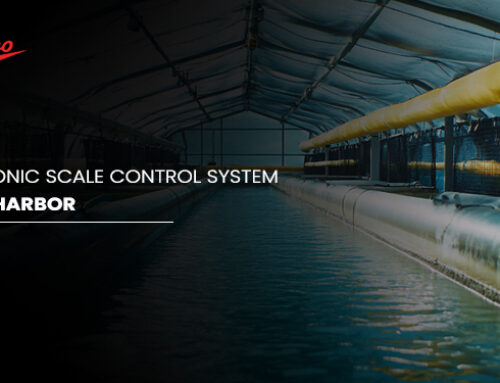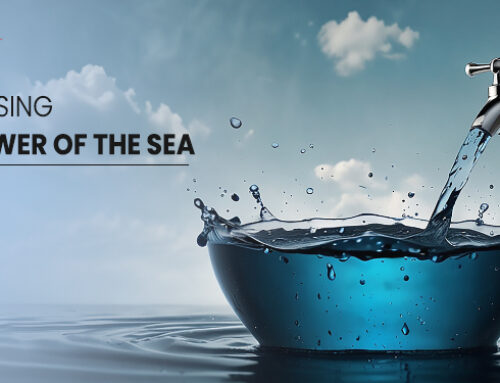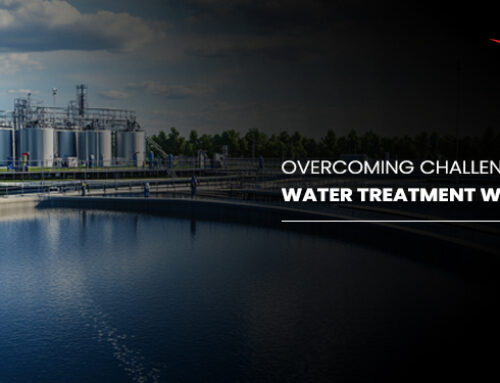ARSENIC POISONING IN DRINKING WATER
Arsenic is a natural component of the earth’s crust and is widely distributed throughout the environment in the air, water, and land. It is highly toxic in its inorganic form. People are exposed to elevated levels of inorganic arsenic through drinking contaminated water, using contaminated water in food preparation and irrigation of food crops, industrial processes, eating contaminated food, and smoking tobacco.
Inorganic arsenic is a confirmed carcinogen (Cancer causing compound) and is the most significant chemical contaminant in drinking-water. It is naturally present at high levels in the groundwater of a number of countries, including Argentina, Bangladesh, Chile, China, India, Mexico, and the United States of America. Drinking-water, crops irrigated with contaminated water, and food prepared with contaminated water are the sources of exposure.
Long-term exposure to inorganic arsenic, mainly through drinking-water and food, can lead to chronic arsenic poisoning. Skin lesions and skin cancer are the most characteristic effects. Other adverse health effects that may be associated with long-term ingestion of inorganic arsenic include developmental effects, diabetes, pulmonary disease, and cardiovascular disease.
While arsenic and iron coexist in water, SENCO makes Arsenic removal plants are designed in such a way to provide a two-stage filtration. In the two-stage filtration process, iron is removed first followed by arsenic using adsorption technology. With auto backwash and remote monitoring features, SENCO arsenic water purifier passes the leaching test and does not leach arsenic back into the soil. Hence, it is appraised as one of the sustainable and inexpensive ways to filter arsenic from water.
Source of information regarding arsenic poisoning: https://www.who.int/news-room/fact-sheets/detail/arsenic

